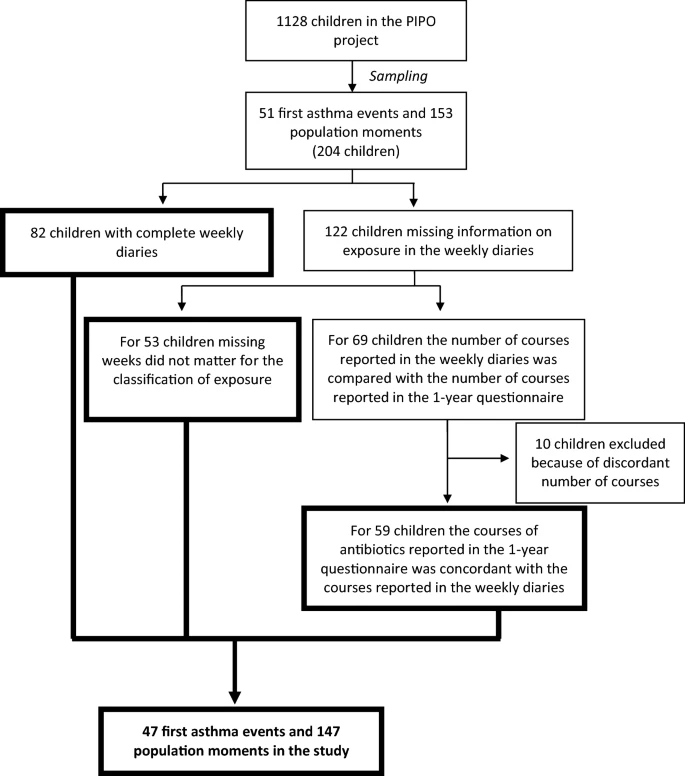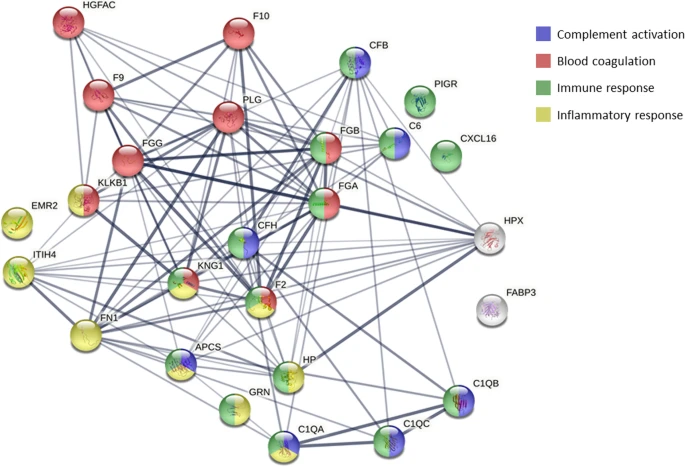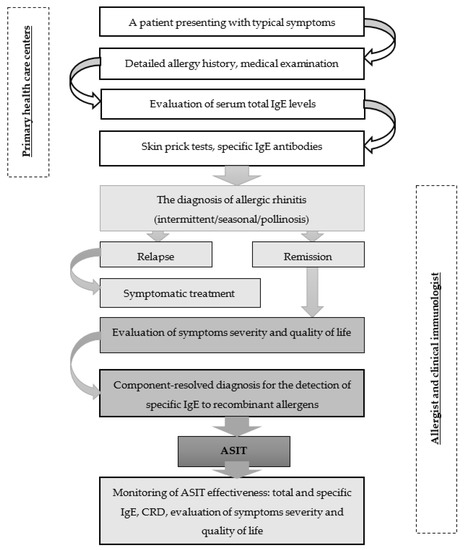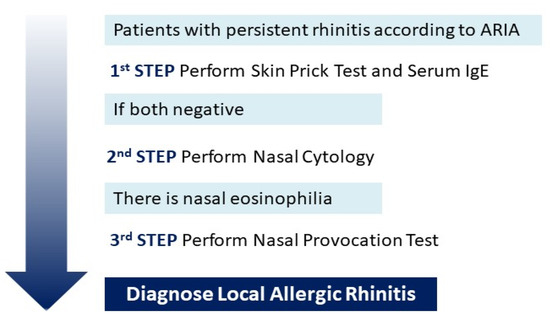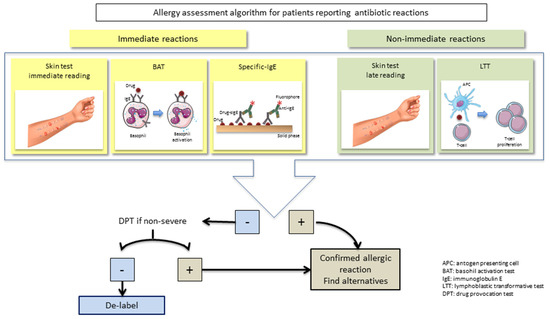Zakzuk J1, Donado K1, Mondol E1, Marrugo V1, Regino R1, López JF1, Hernández K1, Mercado D1, Dennis R2, Puerta L1, Caraballo L1
1Institute for Immunological Research, University of Cartagena, Cartagena, Colombia
2Fundación Cardioinfantil, Bogotá, Colombia
J Investig Allergol Clin Immunol 2024; Vol. 34(3) doi: 10.18176/jiaci.0892
Abstract
Background: Blomia tropicalis sensitization is associated with asthma in different tropical and sub-tropical countries; however, information about the specific molecular components associated with this disease is scarce.
Objective: Using molecular diagnosis, we sought to identify B. tropicalis allergens associated with asthma in Colombia.
Methods: Specific IgE (sIgE) to eight B. tropicalis recombinant allergens (Blo t 2/5/7/8/10/12/13 and 21) was determined using an in-house developed ELISA system in asthmatic patients (n=272) and control subjects (n=298) recruited in a national prevalencestudy performed in Colombian cities (Barranquilla, Bogotá, Medellín, Cali and San Andrés). Sample study included children and adults (mean age: 28±SD 17 years old). Cross-reactivity between Blot 5 and Blo t 21 was evaluated by ELISA-inhibition.

